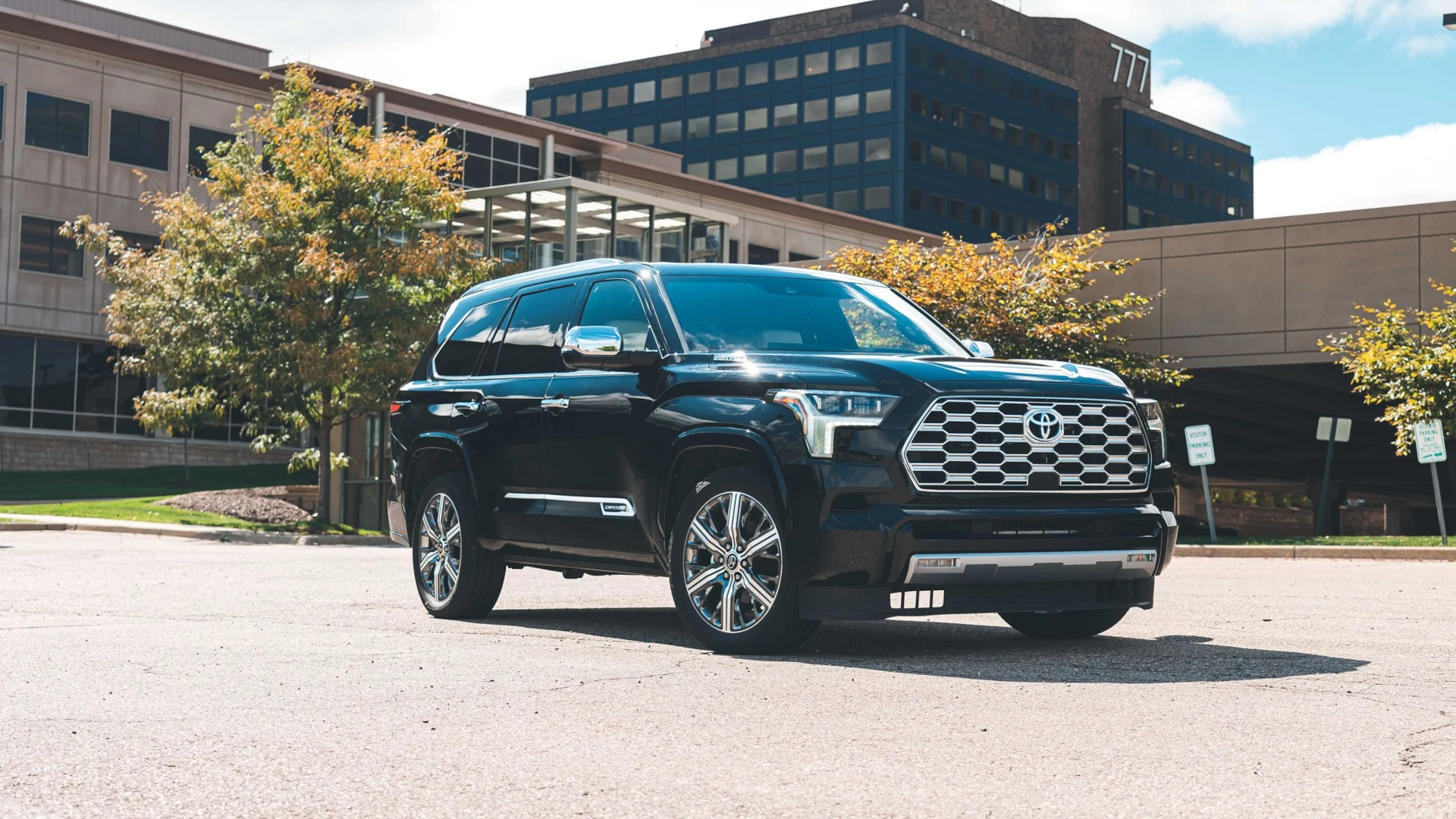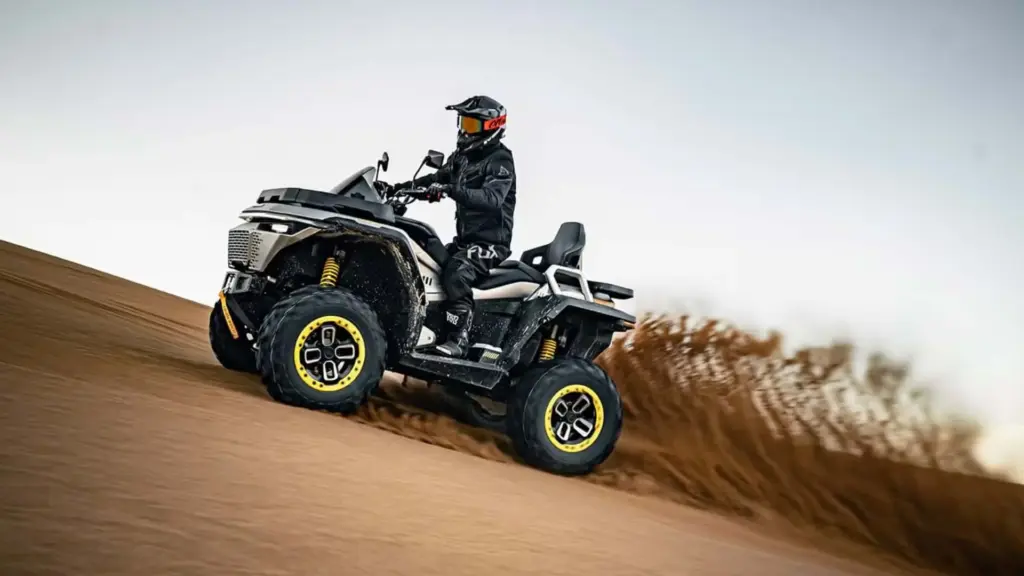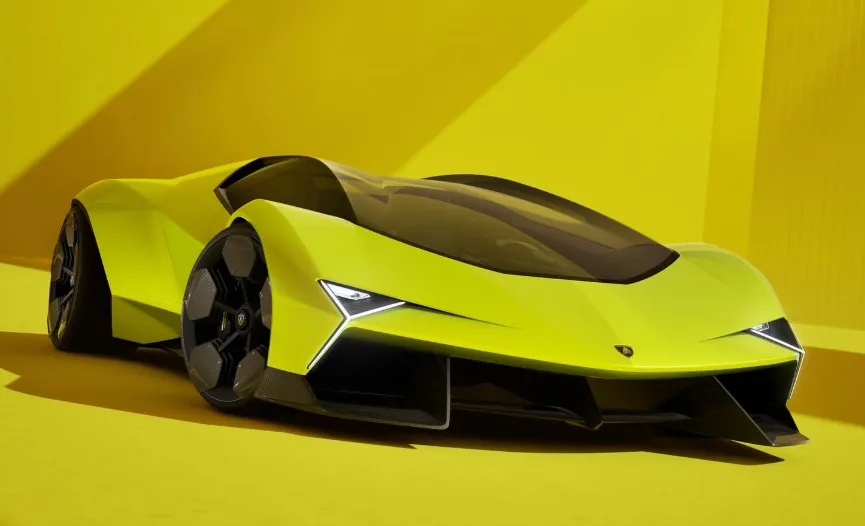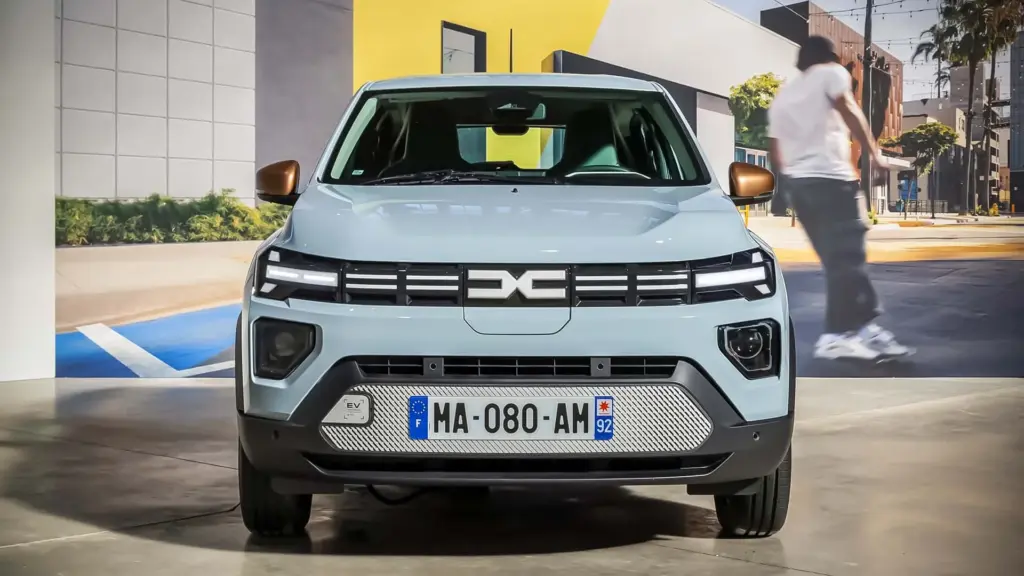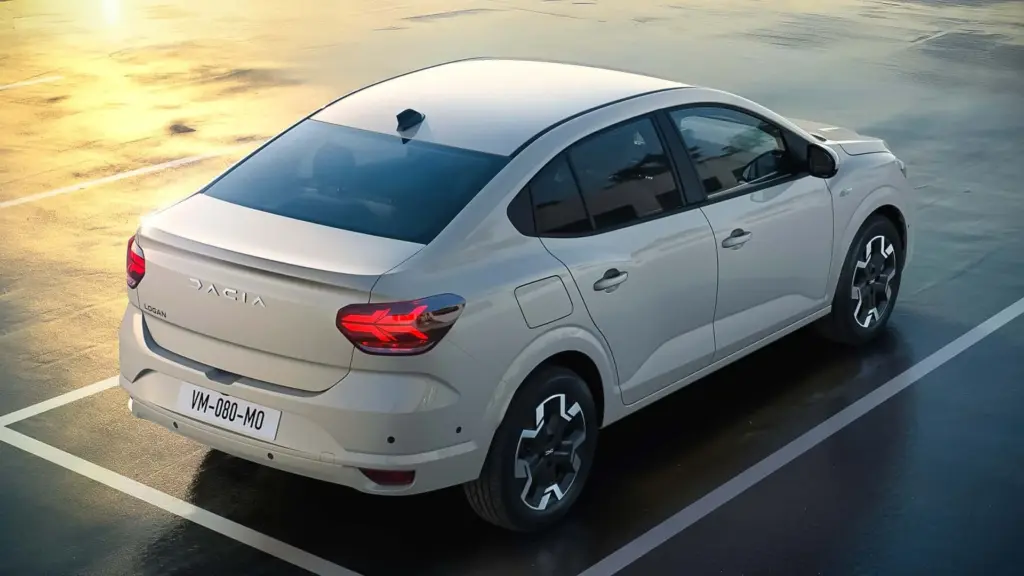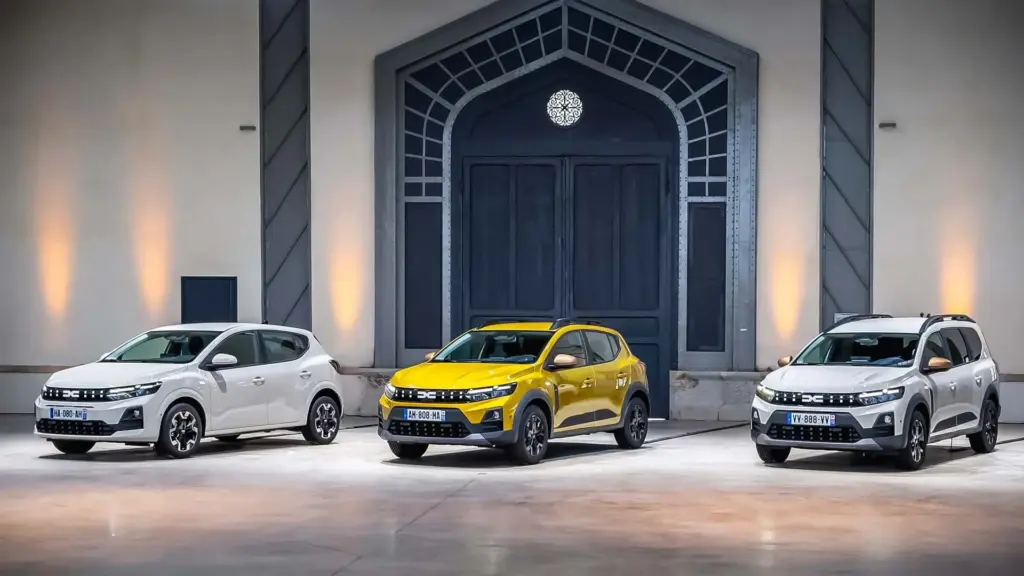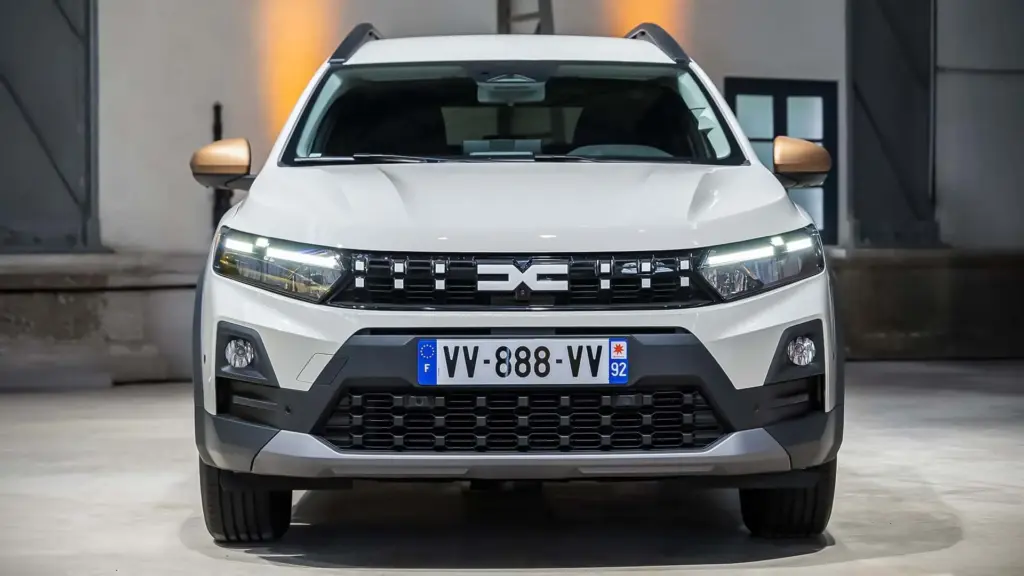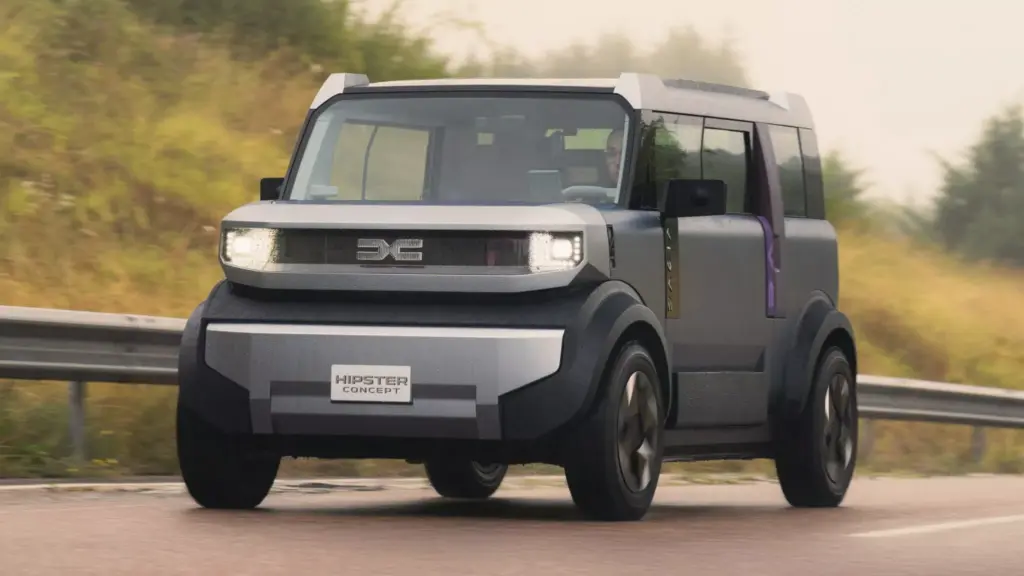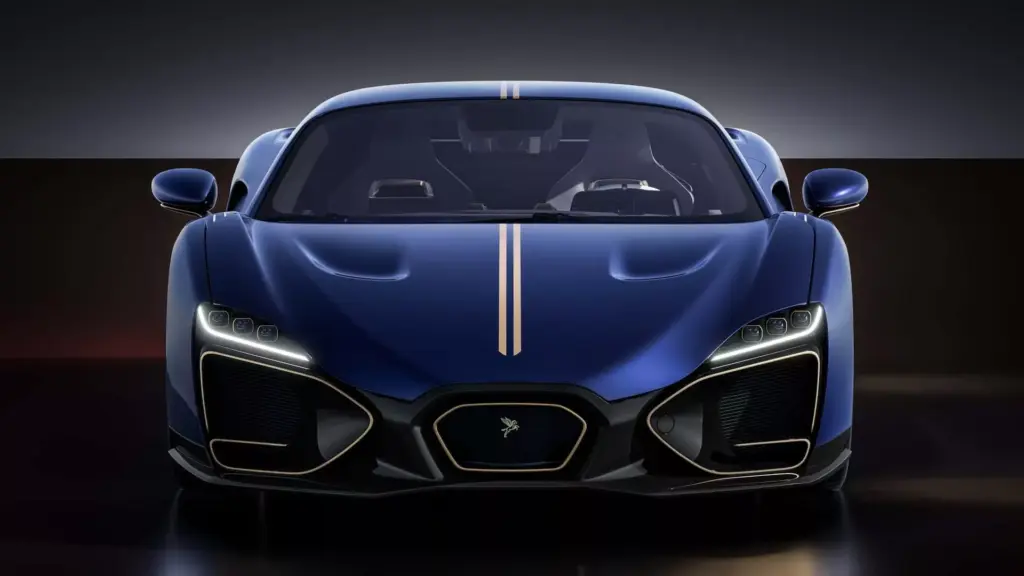The 2025 Toyota Sequoia arrives in the market with several improvements and updates, solidifying itself as one of the most robust SUVs in its category. Based on the Tundra pickup truck, the Sequoia combines a sturdy style with generous dimensions, offering impressive performance and new trim options. In this article, we will explore the model’s novelties, its versions and prices, engine performance, fuel economy, and the comfort offered inside.
2025 Toyota Sequoia: What’s New in This SUV
The 2025 Toyota Sequoia brings significant new features that set it apart in a competitive market. The addition of the 1794 trim is one of the main updates, inspired by the Tundra pickup and designed to provide a luxurious experience. This model includes a brown leather interior with wood accents, as well as features like a panoramic sunroof and front seats with a massage function. These additions aim to provide a superior level of comfort and sophistication.
The new 1794 version is positioned between the Platinum and the Capstone, offering an attractive option for those seeking an SUV with a touch of elegance. While some colors, such as Solar Octane, have been removed, the improvements in material quality and finishes are notable. This reflects Toyota’s intent to compete directly with luxury SUVs, while maintaining the Sequoia’s rugged and utilitarian character.
Additionally, the 2025 Sequoia retains its powerful hybrid engine, which combines a twin-turbo V6 with an electric system, providing efficiency and robust performance. This combination ensures that the Sequoia not only stands out in power but also offers a more sustainable option for consumers looking for a large and economical vehicle.
Prices and Versions: What is the Best Choice?
The prices for the 2025 Toyota Sequoia vary considerably, starting at around $64,000 and potentially exceeding $82,000, depending on the chosen version and added options. Among the available options, the Limited version stands out as the best choice in terms of cost-benefit. Although it is only one level above the base SR5 version, the Limited offers a significant amount of additional features.
The Limited version includes a 14-inch touchscreen display, a power liftgate, and 20-inch wheels, as well as heated and cooled front seats. These features make the driving experience more comfortable and enjoyable, especially on long trips. For those who prioritize technology and comfort, this version proves to be an attractive option without excessively compromising the budget.
On the other hand, if the consumer seeks an SUV with off-road characteristics, the TRD Pro model presents an interesting alternative, equipped with enhanced suspension and trail-specific features. This version is aimed at those who value adventure and performance on difficult terrains. Therefore, the choice of the ideal version largely depends on the individual needs and preferences of each consumer.
Engine Performance and Transmission in the Sequoia
The performance of the 2025 Toyota Sequoia is powered by a hybrid iForce MAX engine, which combines a 3.4-liter twin-turbo V6 with an electric motor, generating a total of 437 hp and 583 lb-ft of torque. This combination provides robust power, allowing the Sequoia to deliver solid performance in various driving conditions. The engine is coupled with a 10-speed automatic transmission, which offers smooth and efficient shifts.
During testing, the Sequoia demonstrated the ability to accelerate from 0 to 60 mph in just 5.6 seconds in the Capstone version, a performance comparable to its direct competitors, such as the GMC Yukon Denali. With a towing capacity ranging from 8,980 to 9,520 pounds, depending on the version, the Sequoia stands out as a practical option for those needing a versatile vehicle for hauling heavy loads.
However, it is important to note that the drivability of the Sequoia can be challenging due to its width, which may make it difficult to place the vehicle in a lane on the road. Additionally, the lightness in steering may not appeal to all drivers. Despite these considerations, the overall performance of the engine and transmission is one of the main attractions of the 2025 Toyota Sequoia.
Fuel Economy and Real-World Testing
The fuel economy of the 2025 Toyota Sequoia is one of the most significant improvements over the previous model, thanks to its hybrid system. The rear-wheel-drive models are rated at 21 mpg in the city, 24 mpg on the highway, and 22 mpg combined, considerably surpassing the V8 models of competitors like the Chevy Tahoe. This efficiency is particularly attractive for drivers covering long distances and looking to reduce fuel costs.
When opting for all-wheel drive, the fuel economy decreases slightly, reaching 19 mpg in the city and 22 mpg on the highway. While still competitive, it is important to consider these differences when choosing the configuration. In real-world testing, the tested model achieved an average of 19 mpg on a highway trip at 75 mph, which is respectable performance for an SUV of this size.
These numbers demonstrate the Sequoia’s efficiency in a category known for its low efficiency. For consumers looking for a large SUV without sacrificing fuel economy, the 2025 Sequoia presents itself as an attractive and modern choice, aligning power and sustainability.
Comfort and Interior Space: Is It Worth It?
The interior of the 2025 Toyota Sequoia stands out for its spaciousness and comfort, offering a range of finishes from basic to luxurious. With a standard third-row seat, the Sequoia is designed to accommodate up to eight passengers, although the configuration with individual seats in the second row reduces this capacity to seven. However, the height of the ceiling may be a limiting factor for passengers in the rear rows, especially with the panoramic sunroof option.
The quality of materials in the higher trims is one of the Sequoia’s strengths, featuring a blend of leather and wood accents, creating a sophisticated atmosphere. The higher models also offer additional features, such as heated and cooled second-row seats, as well as a premium sound system, creating an interior space that prioritizes occupant comfort.
However, the cargo space of the Sequoia may be considered a weak point compared to some competitors. With the rear seats up, the capacity is limited to just 12 cubic feet, which may not be sufficient for families needing more space for luggage and equipment. Although the third row can slide forward, the lack of a flat load floor when the seats are folded may be an inconvenience. Therefore, when evaluating comfort and interior space, it is essential to consider specific needs and the intended use of the vehicle.
Photo Gallery
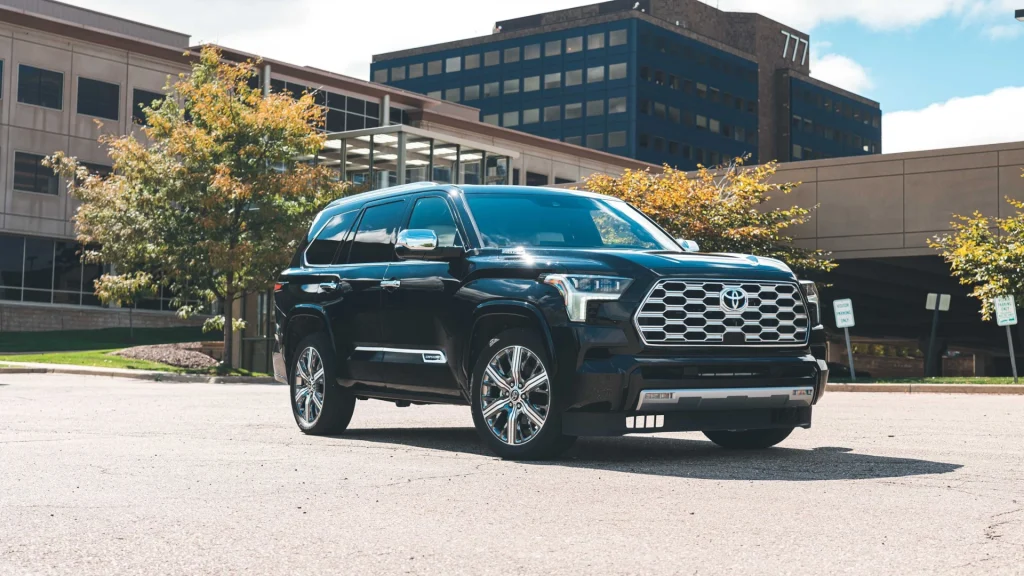
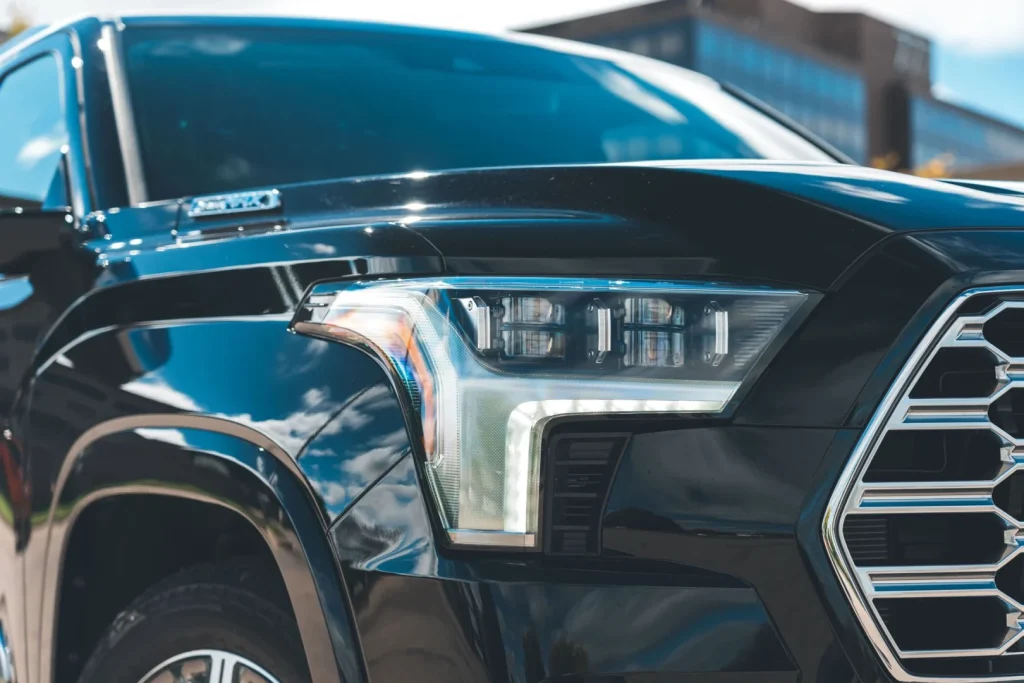
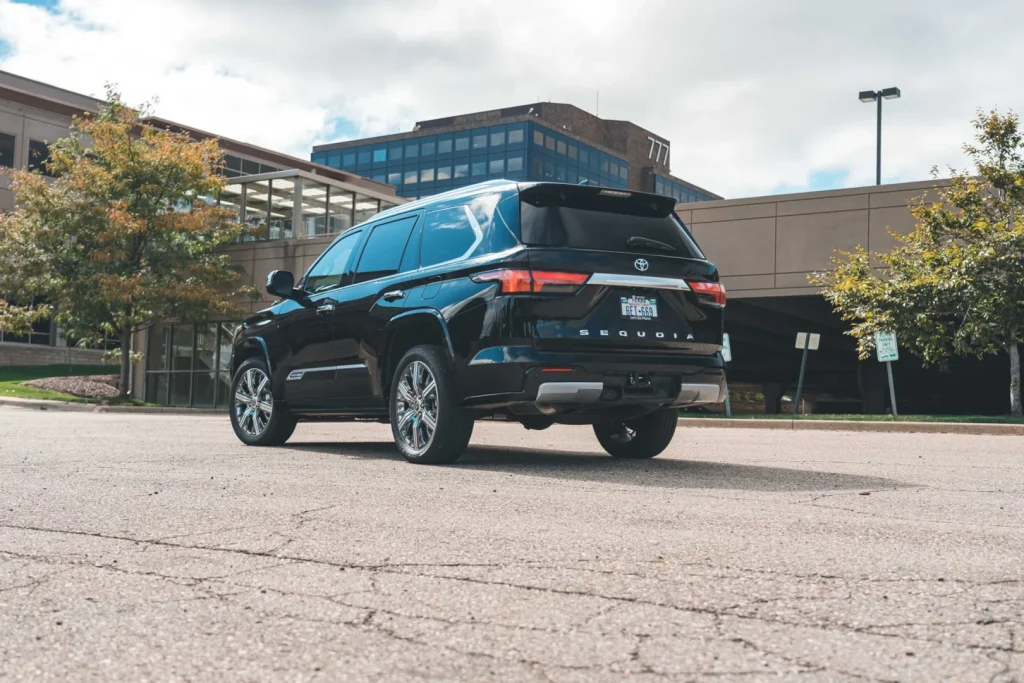
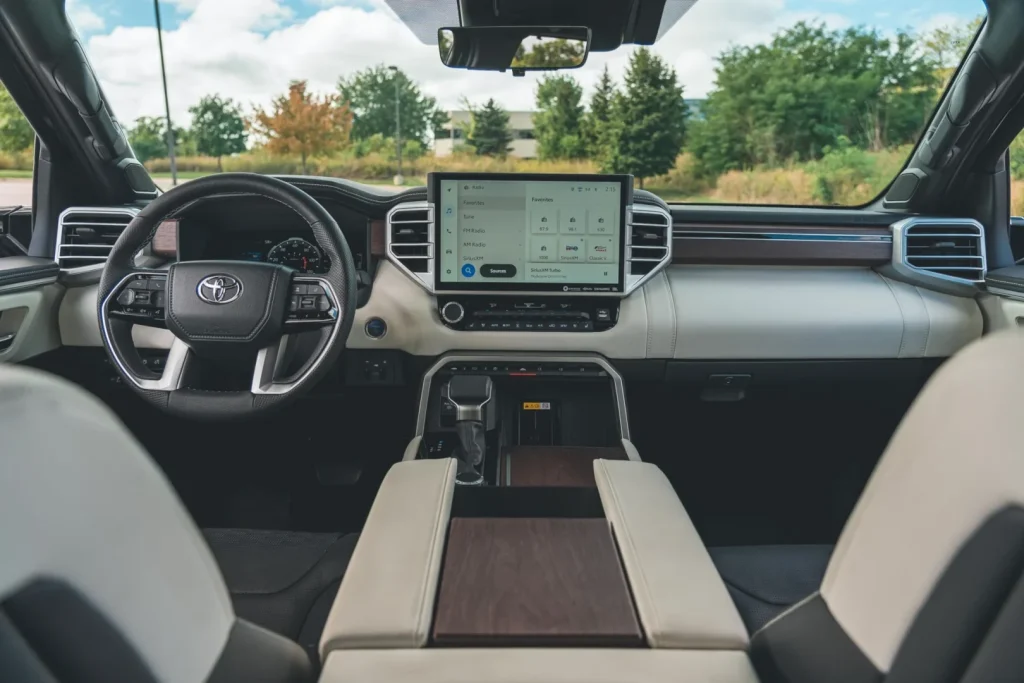
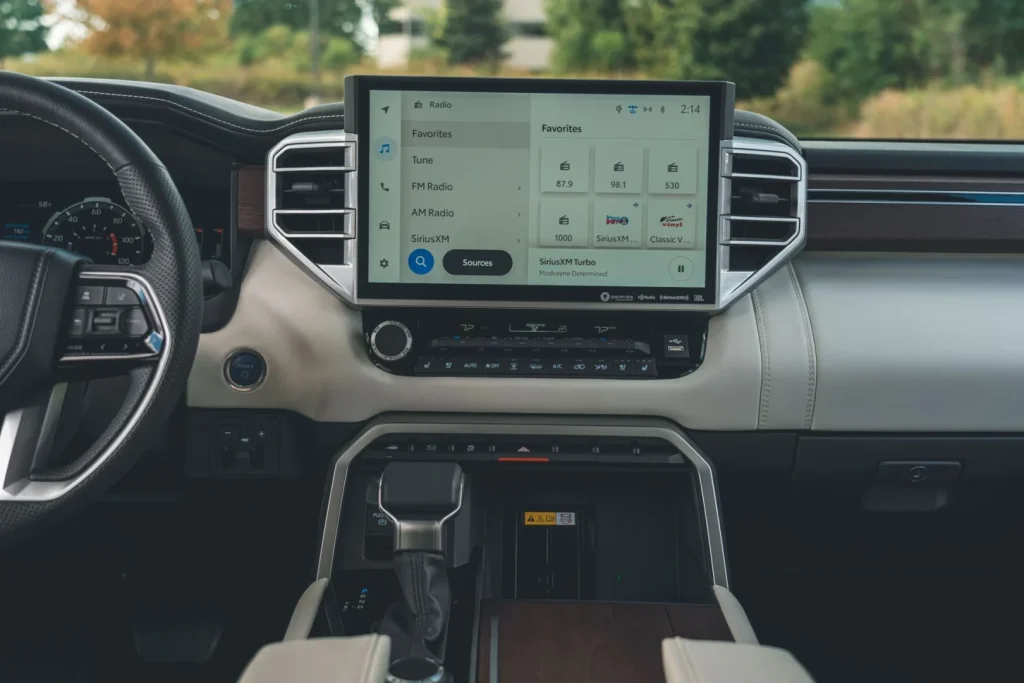
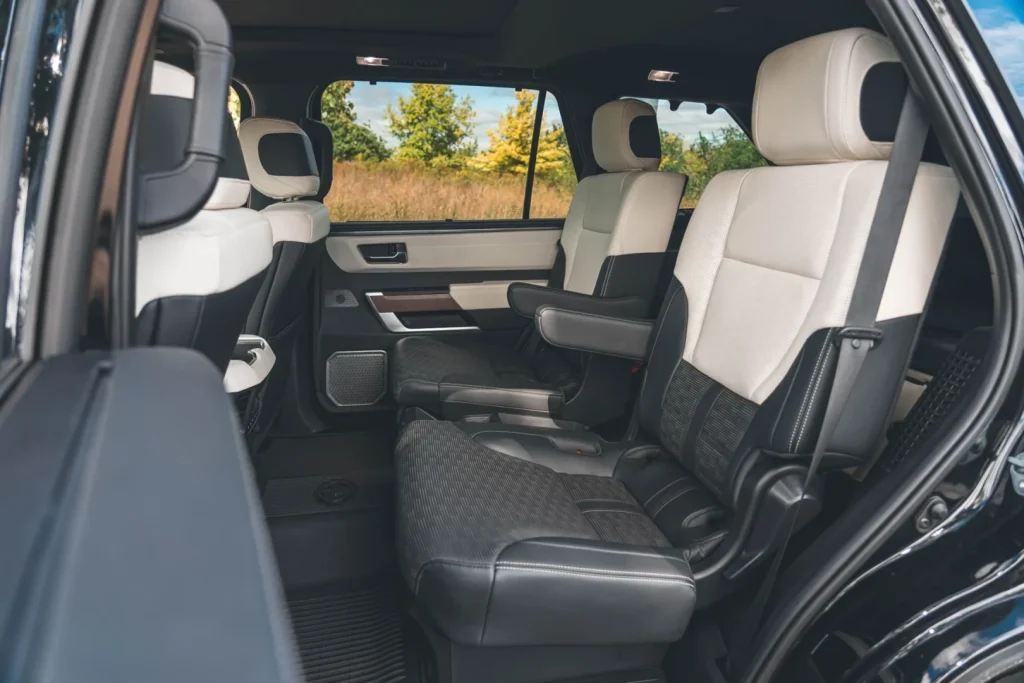
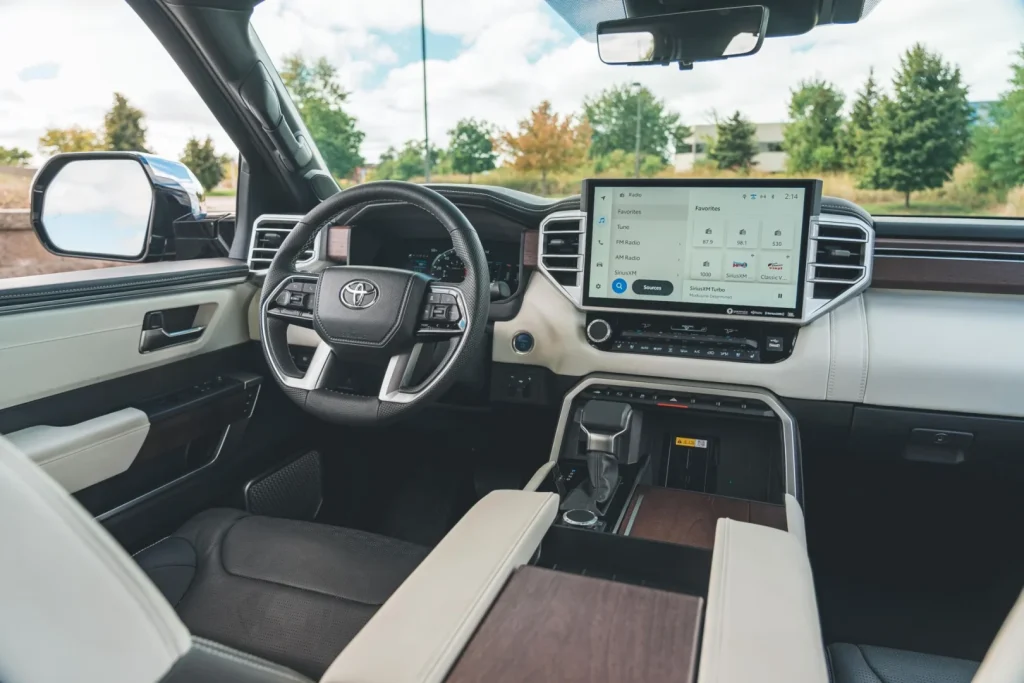
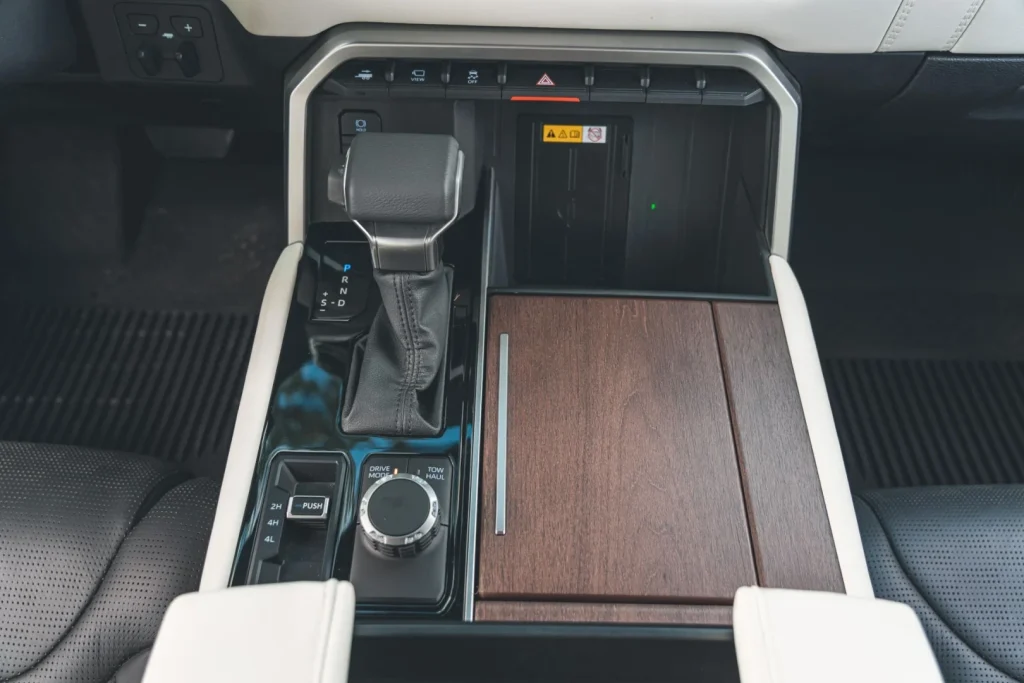
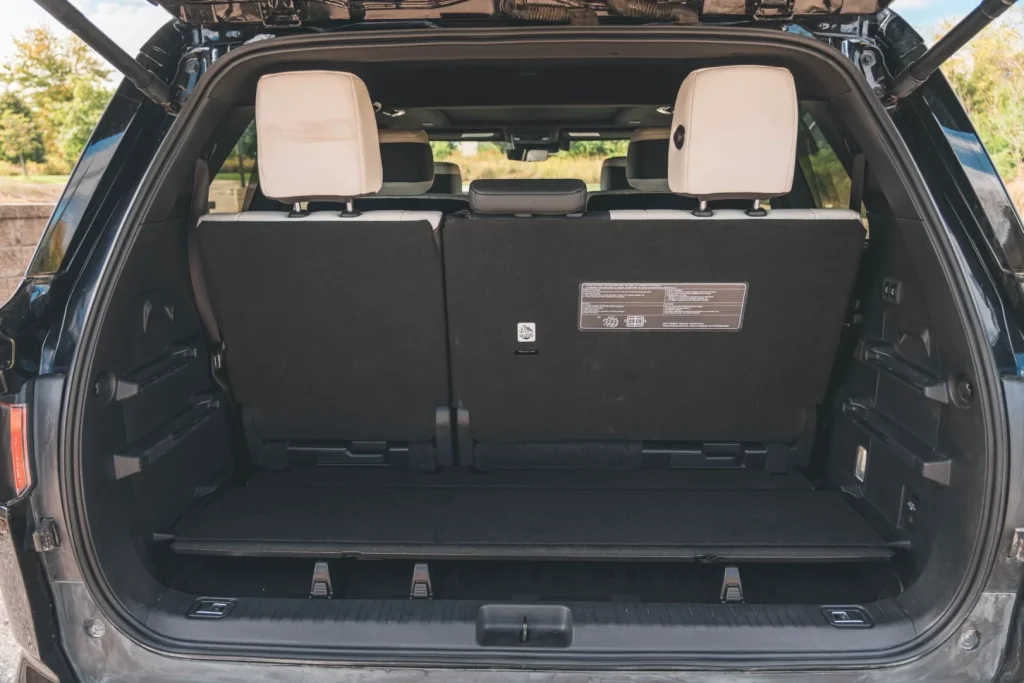
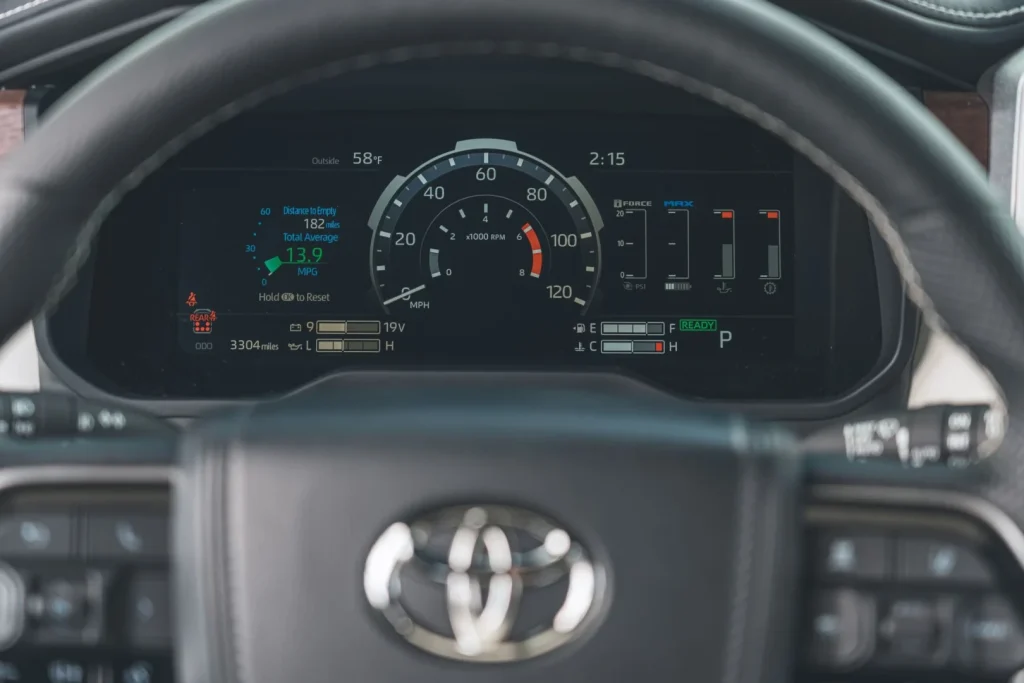
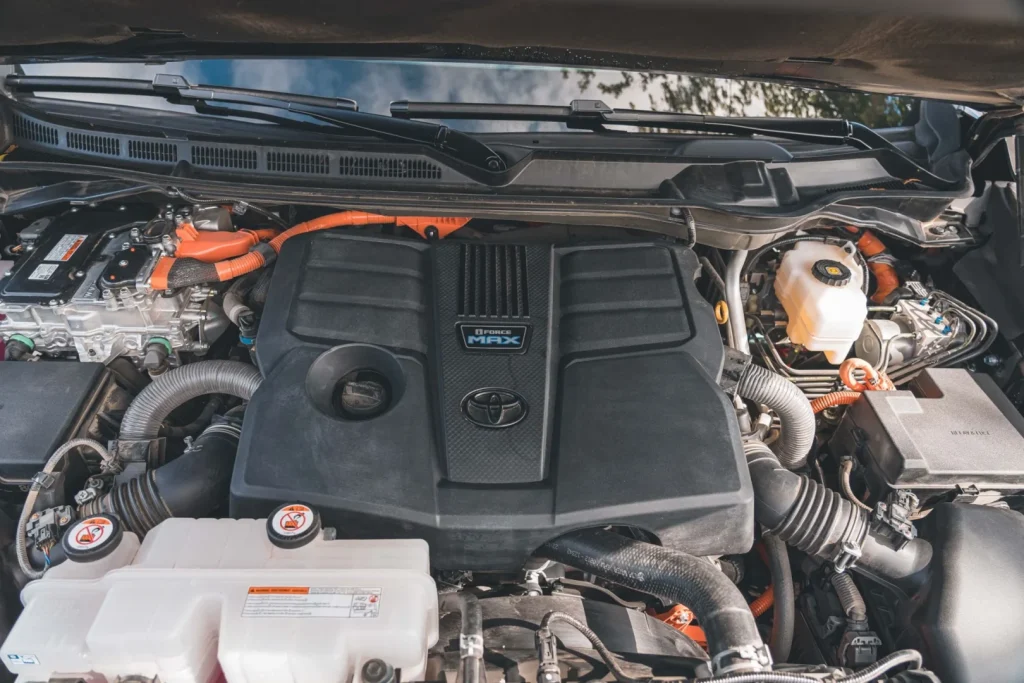
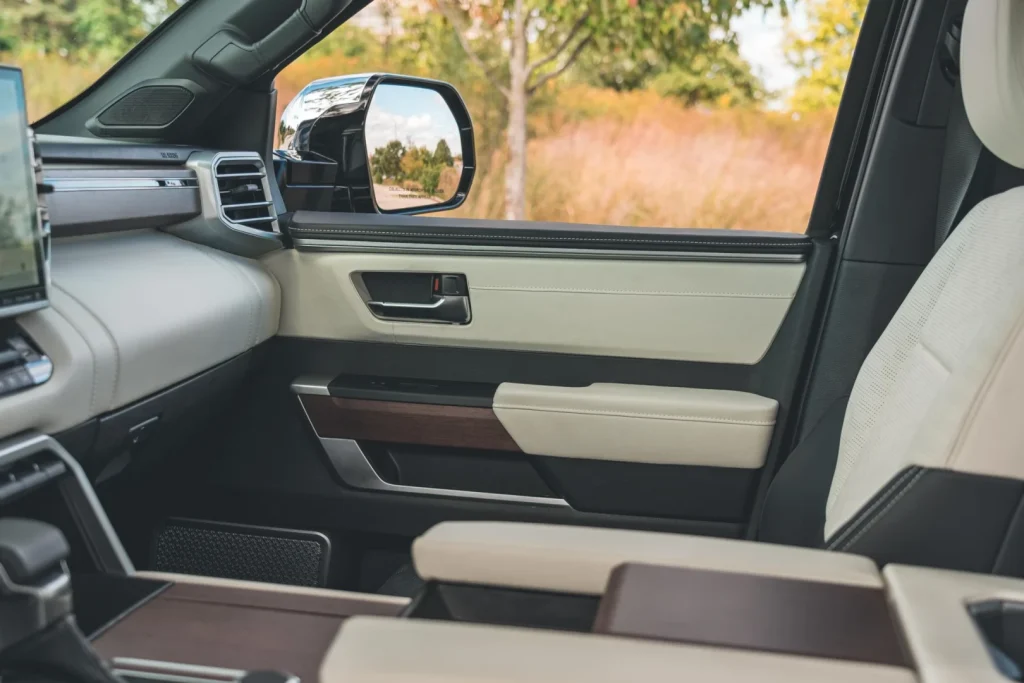
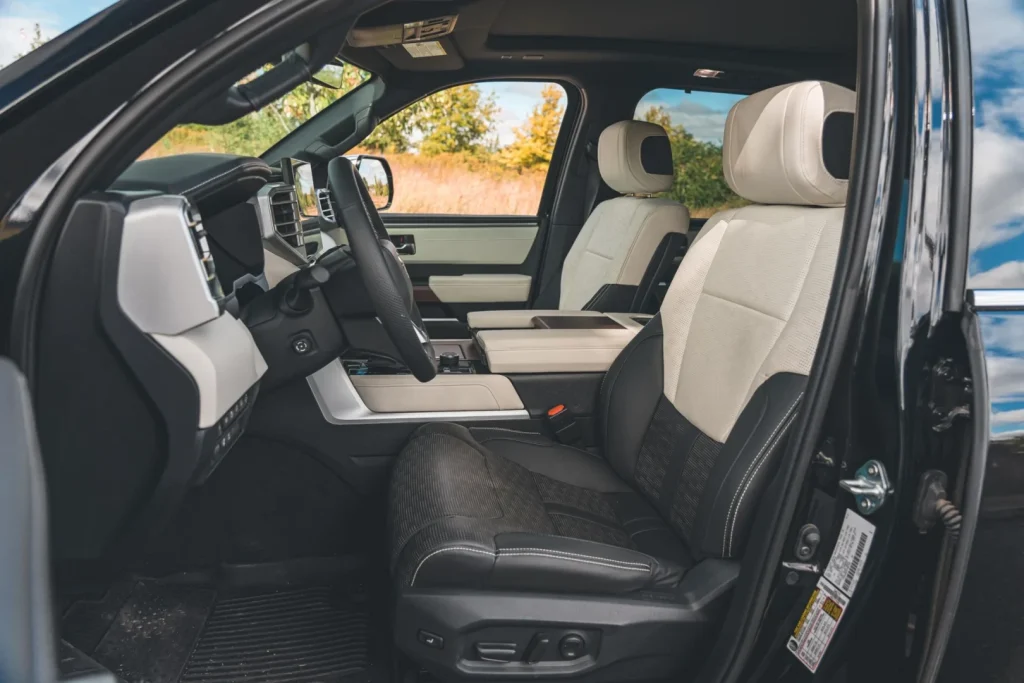
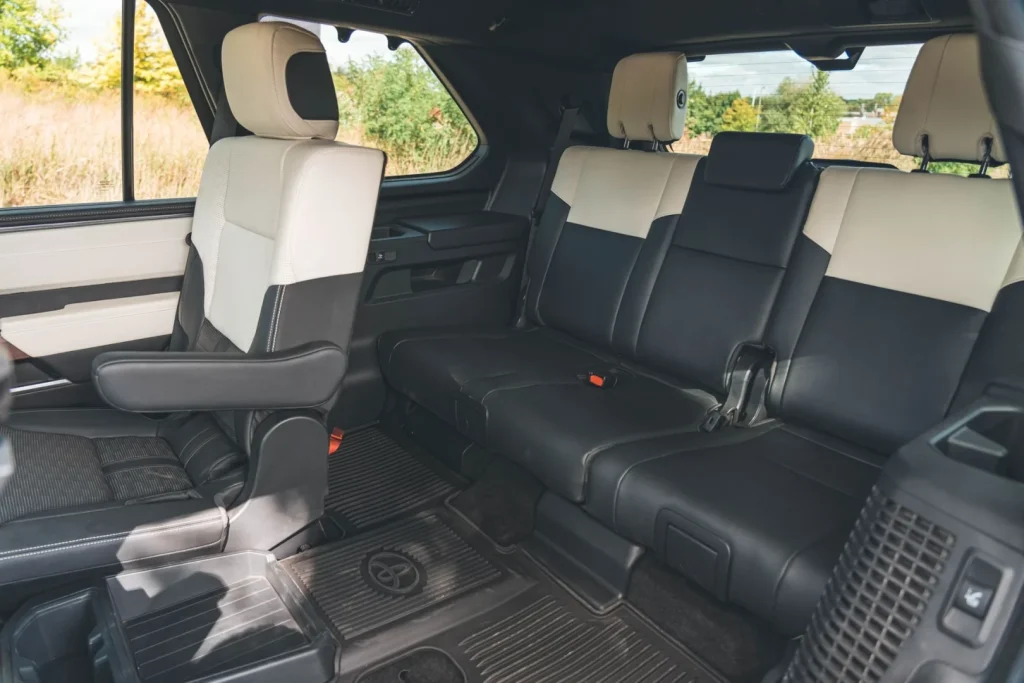
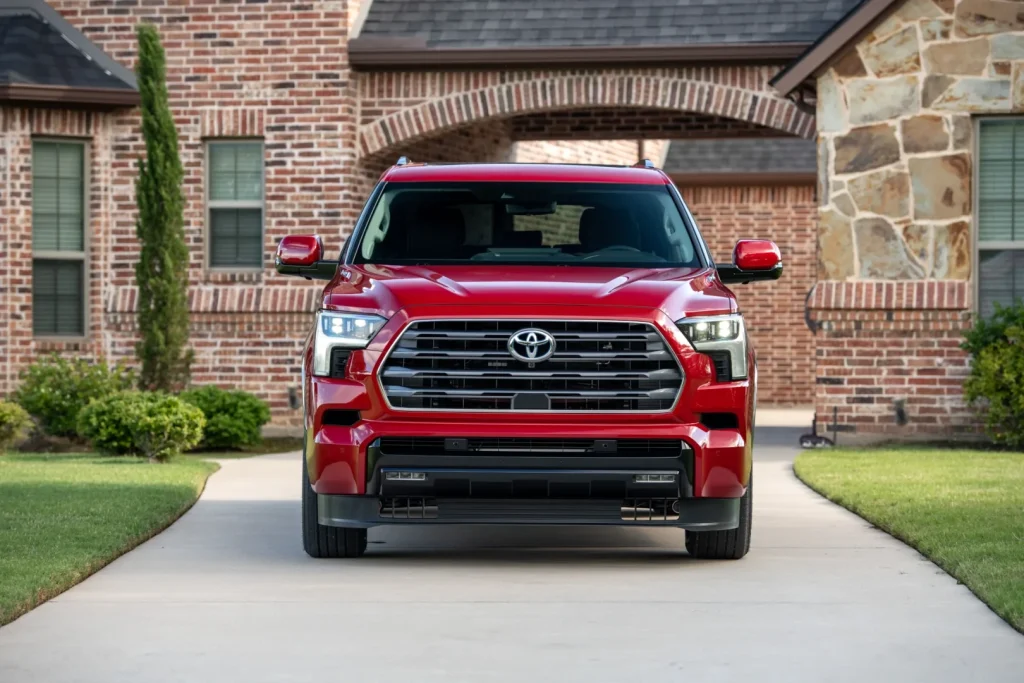
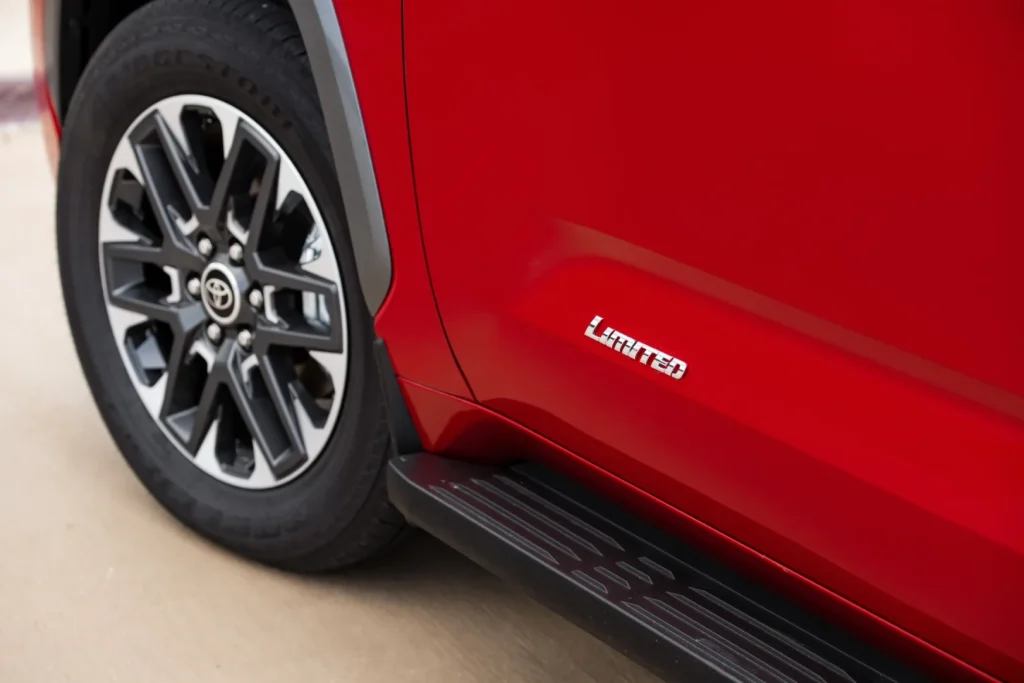
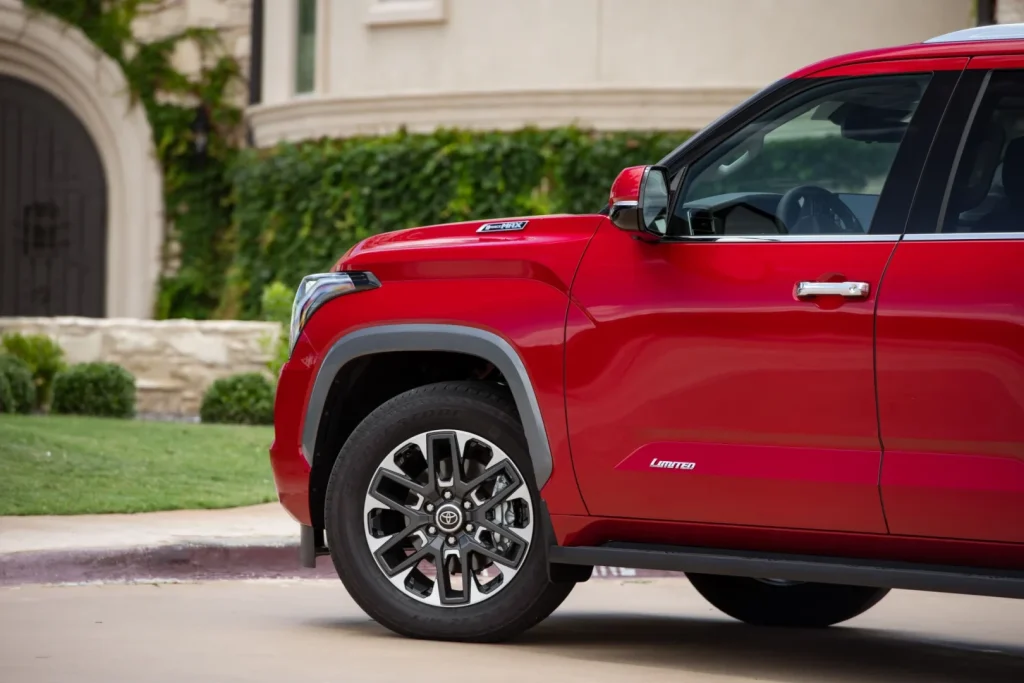
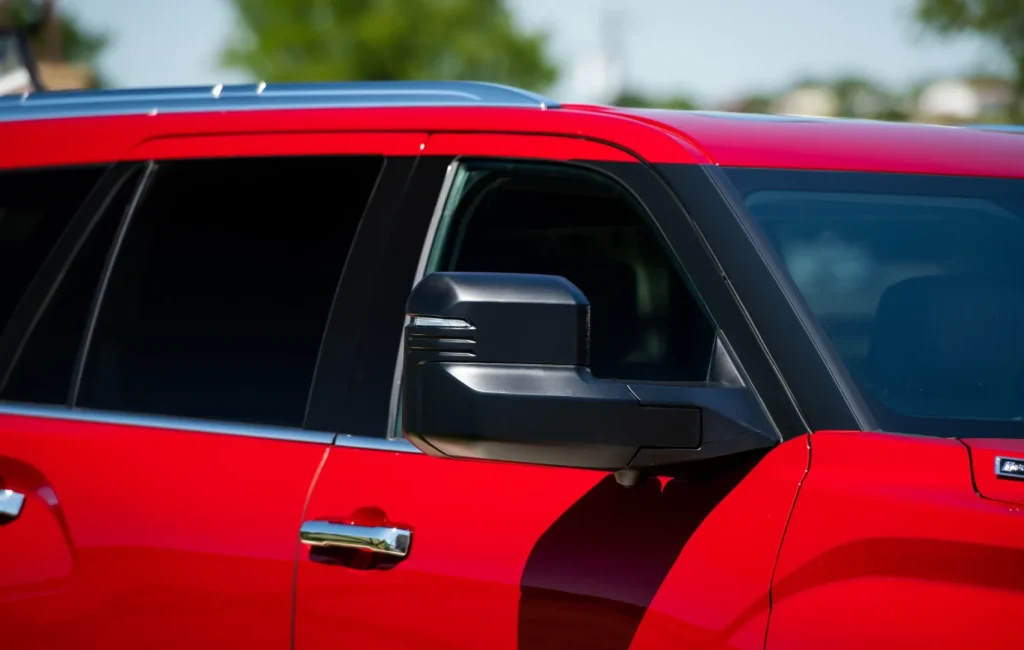
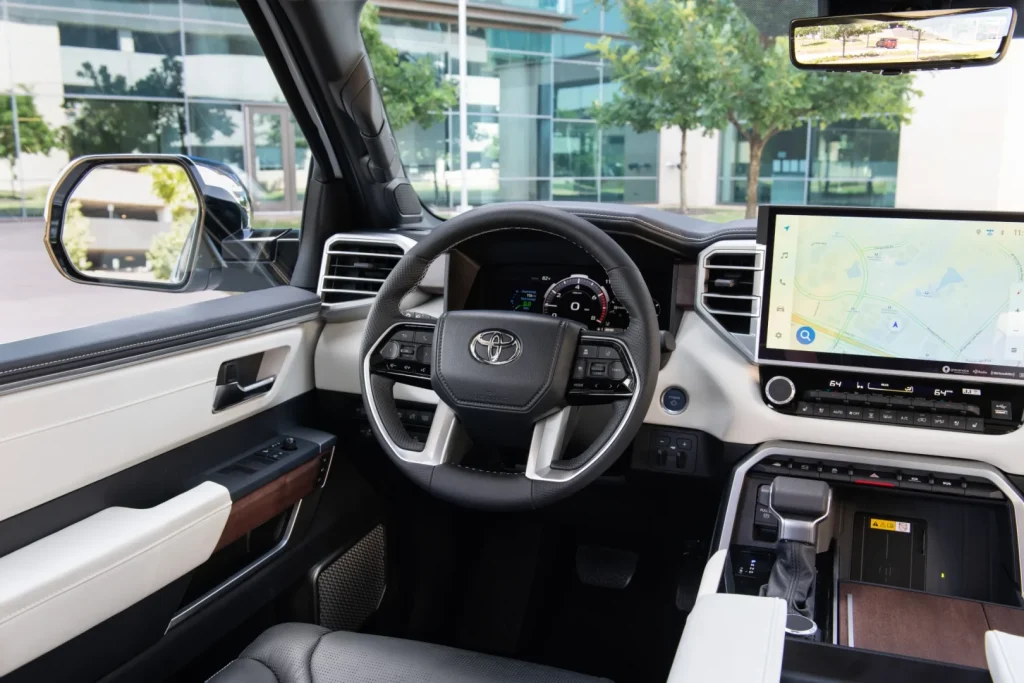
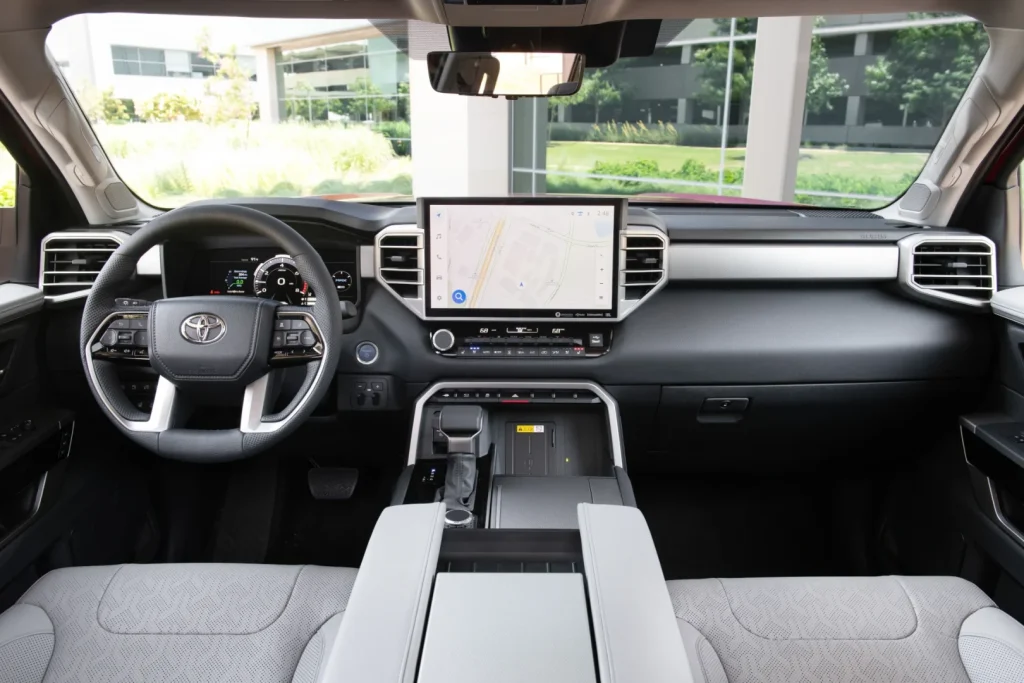
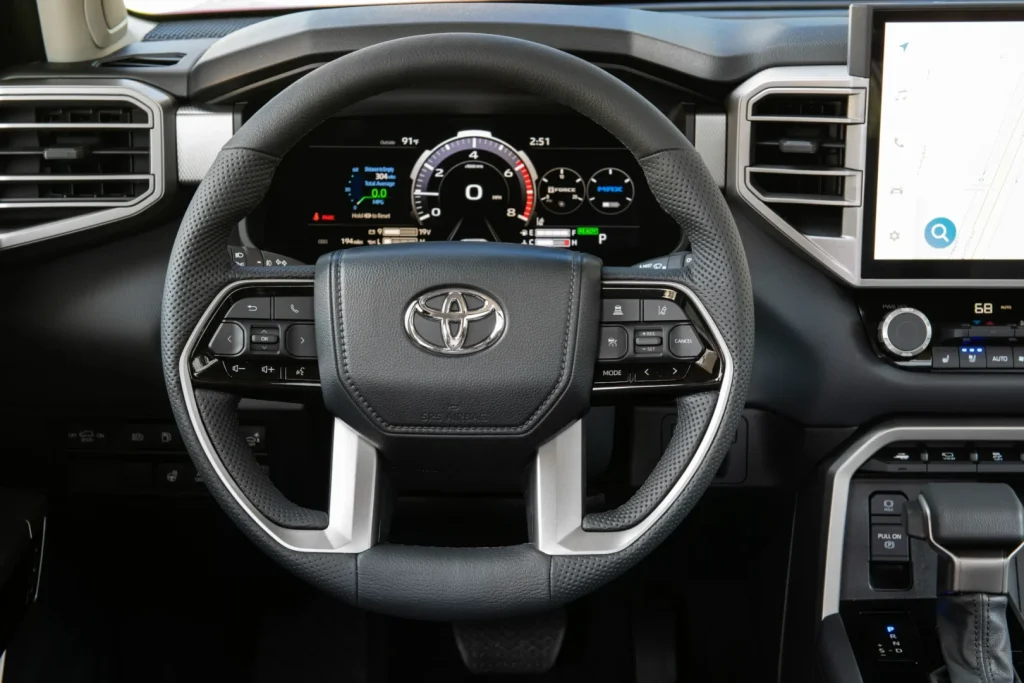
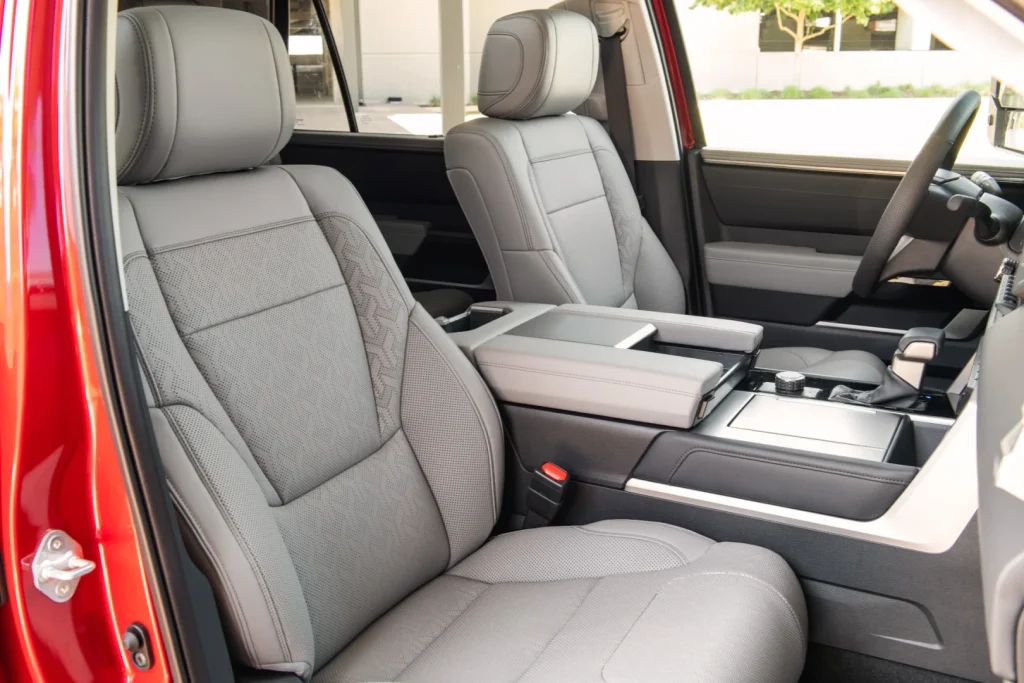
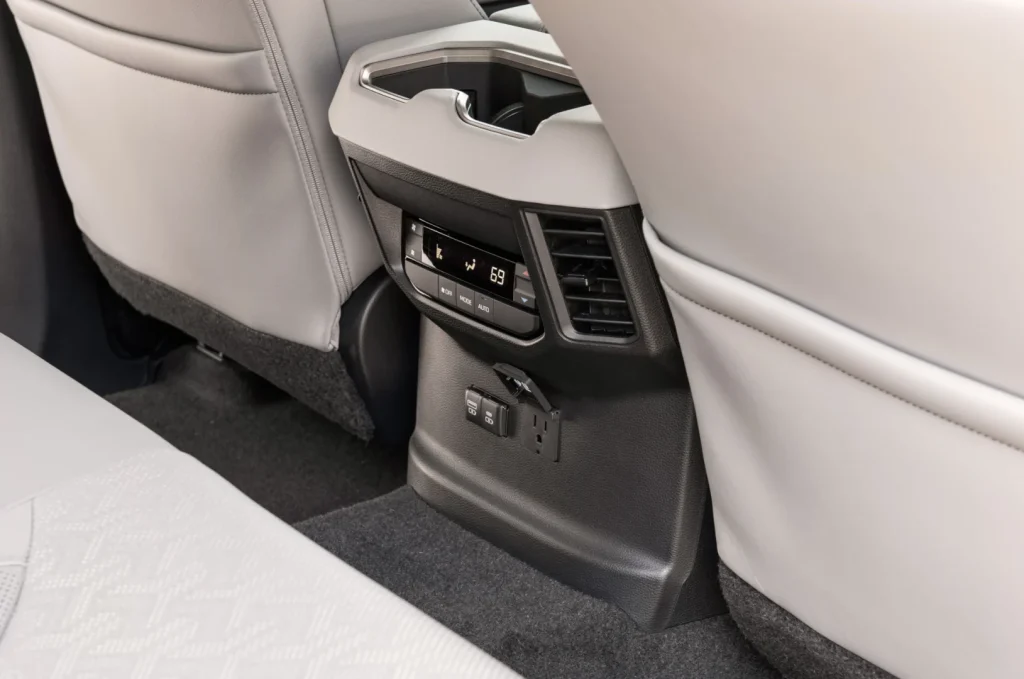
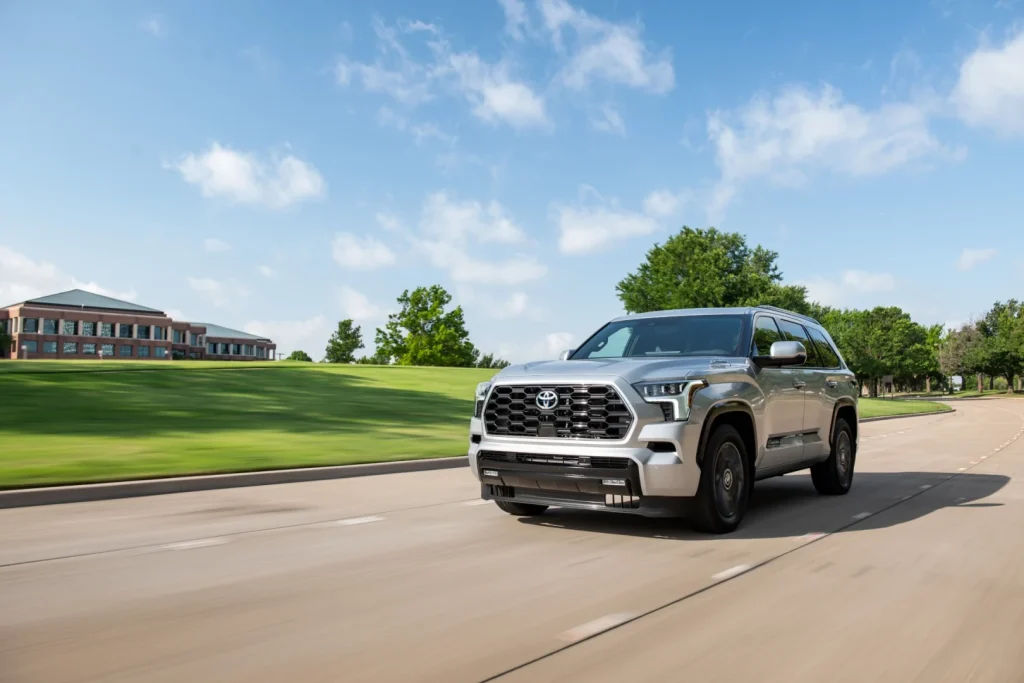
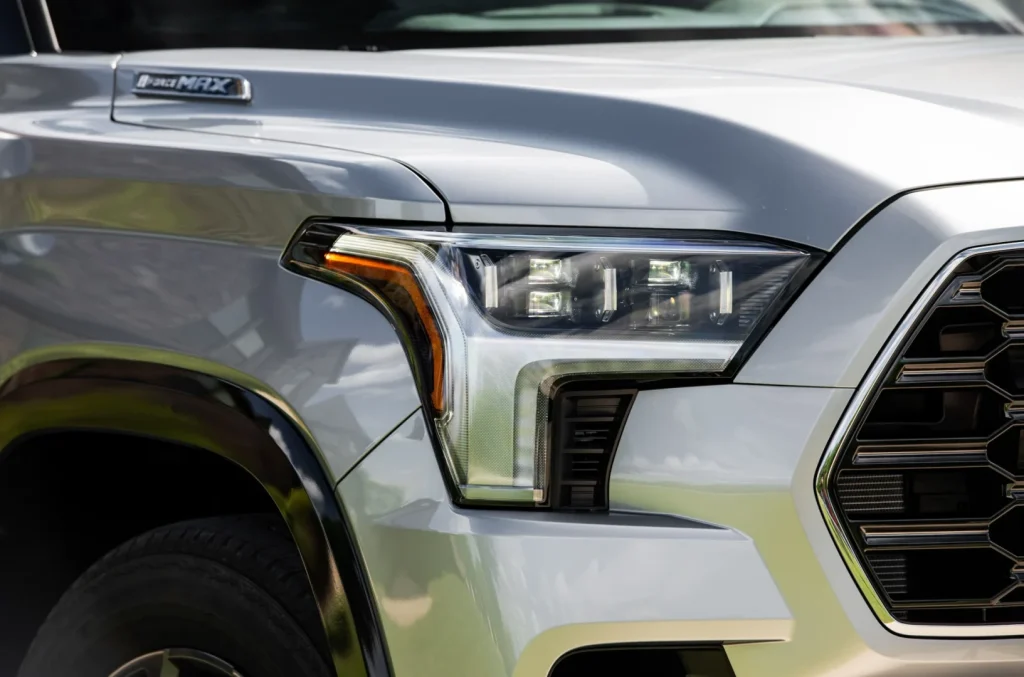
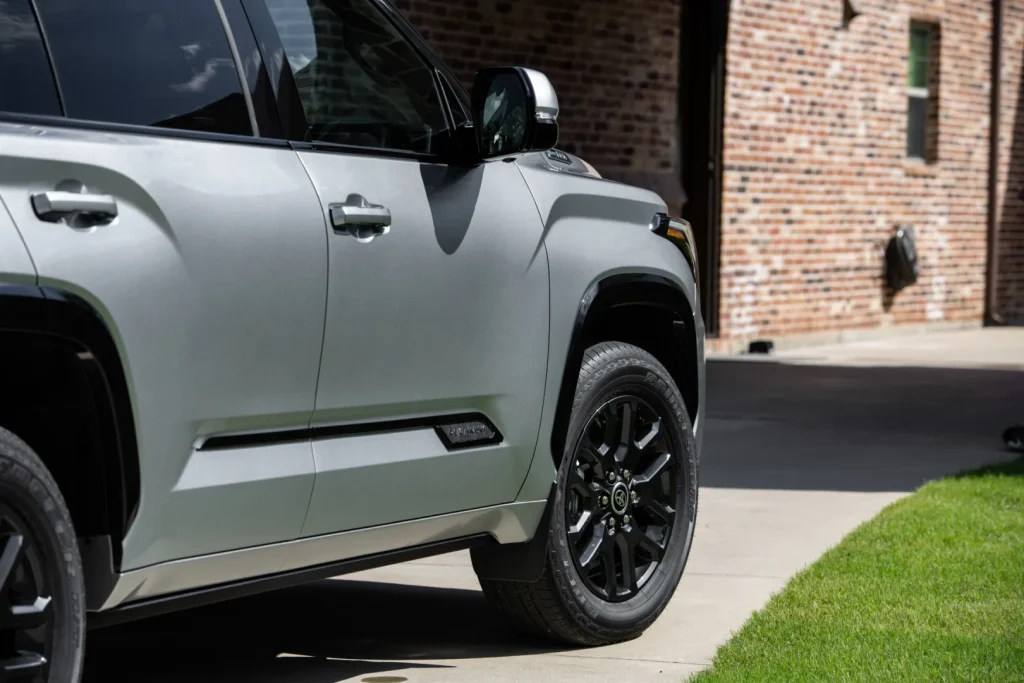
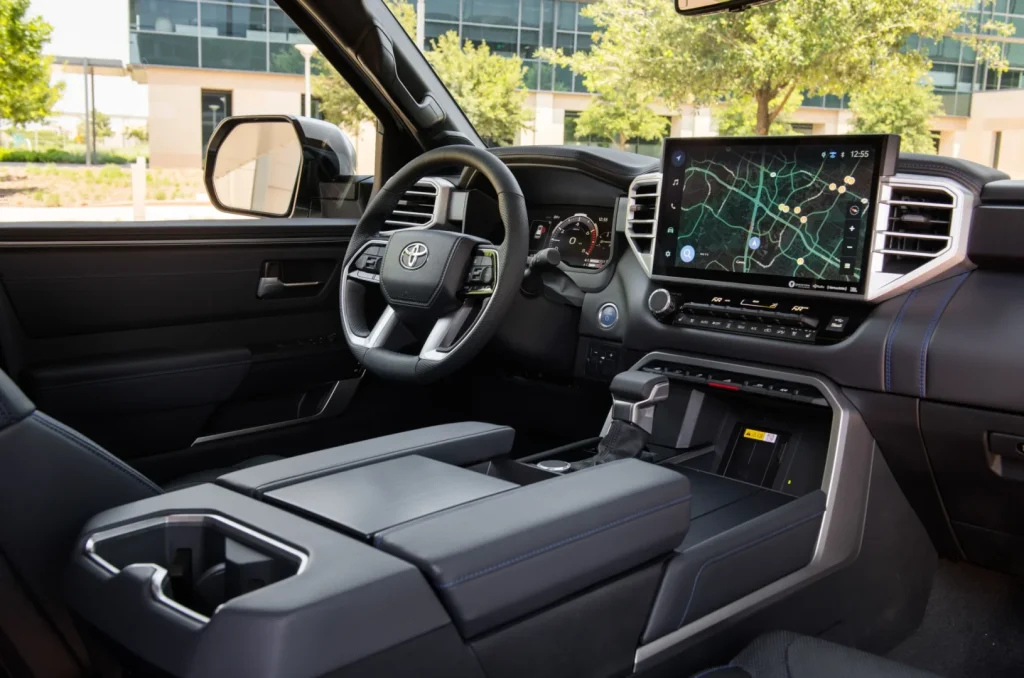
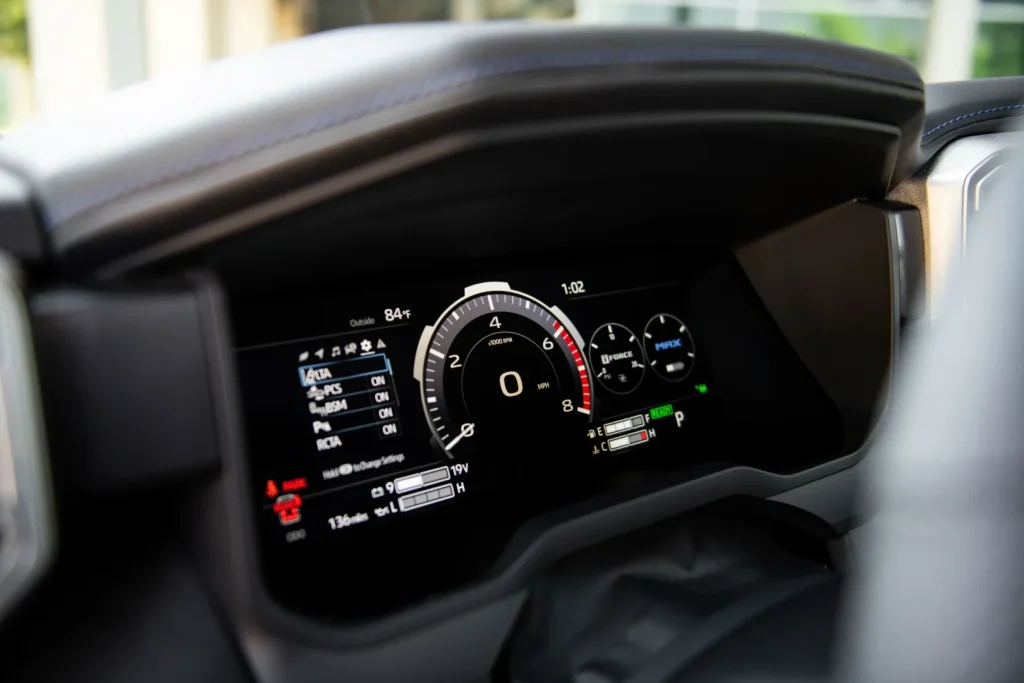
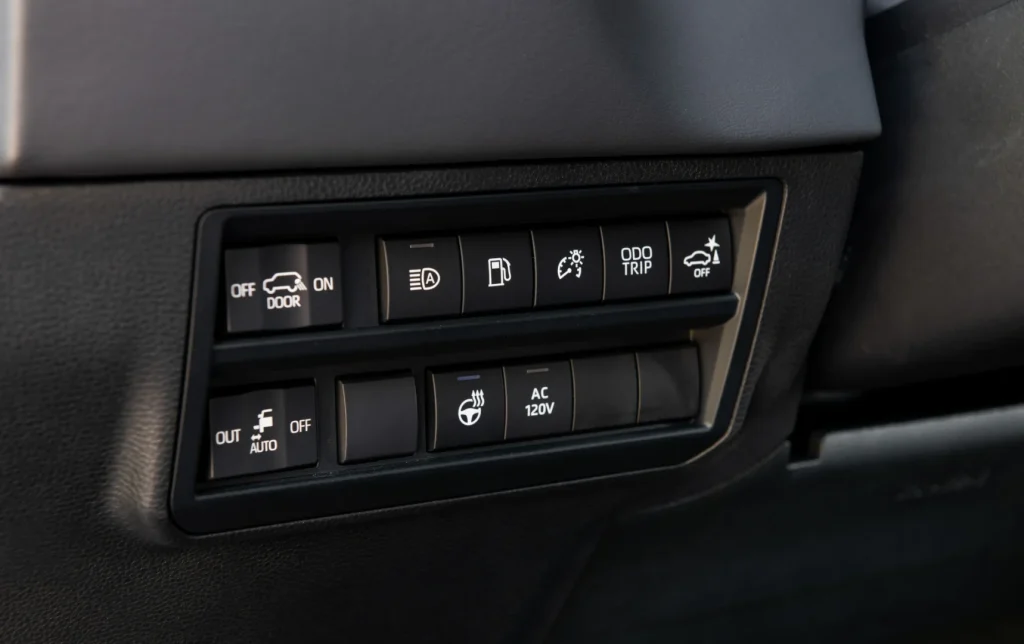
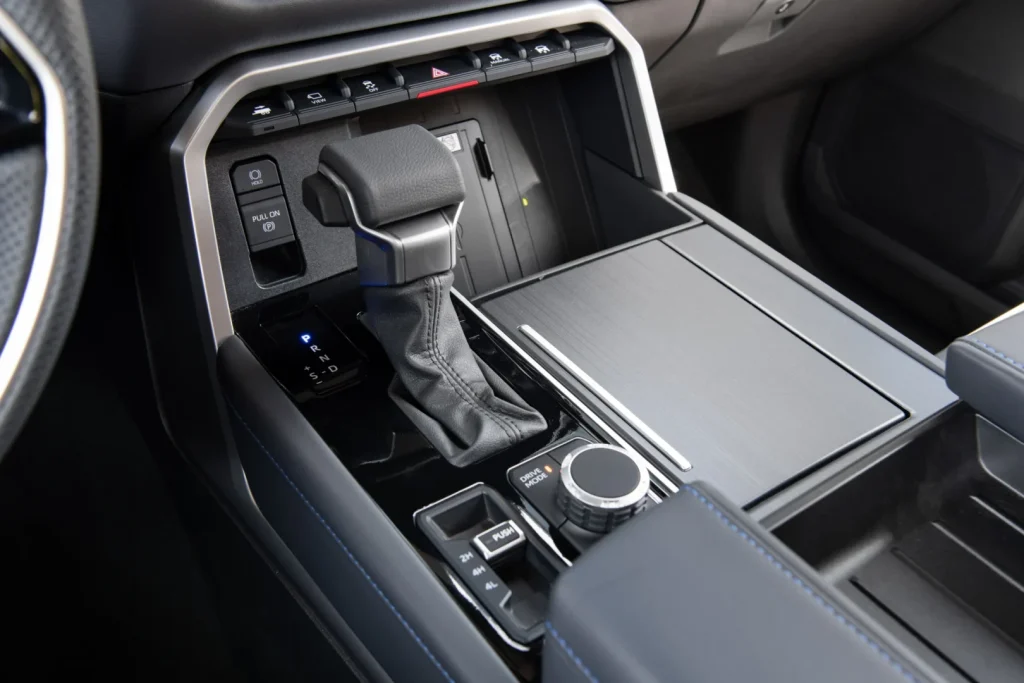
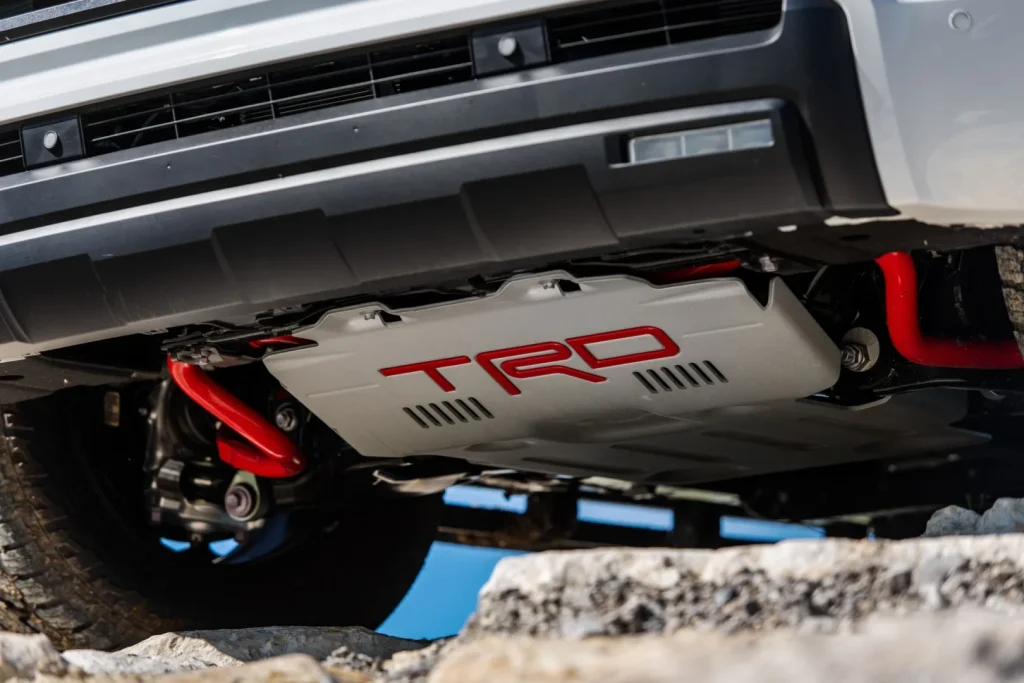
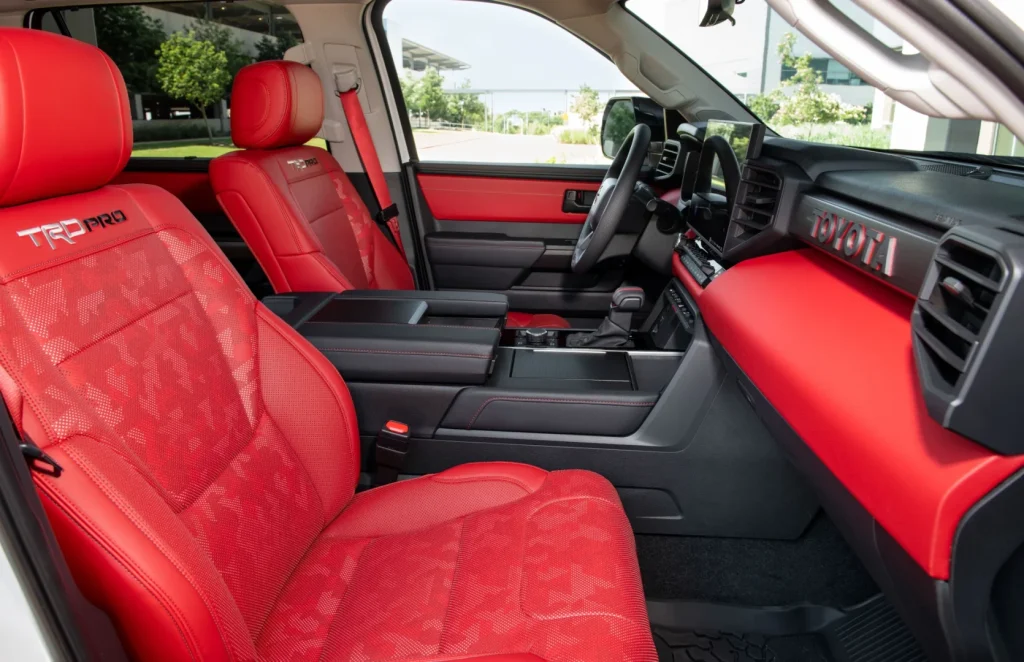
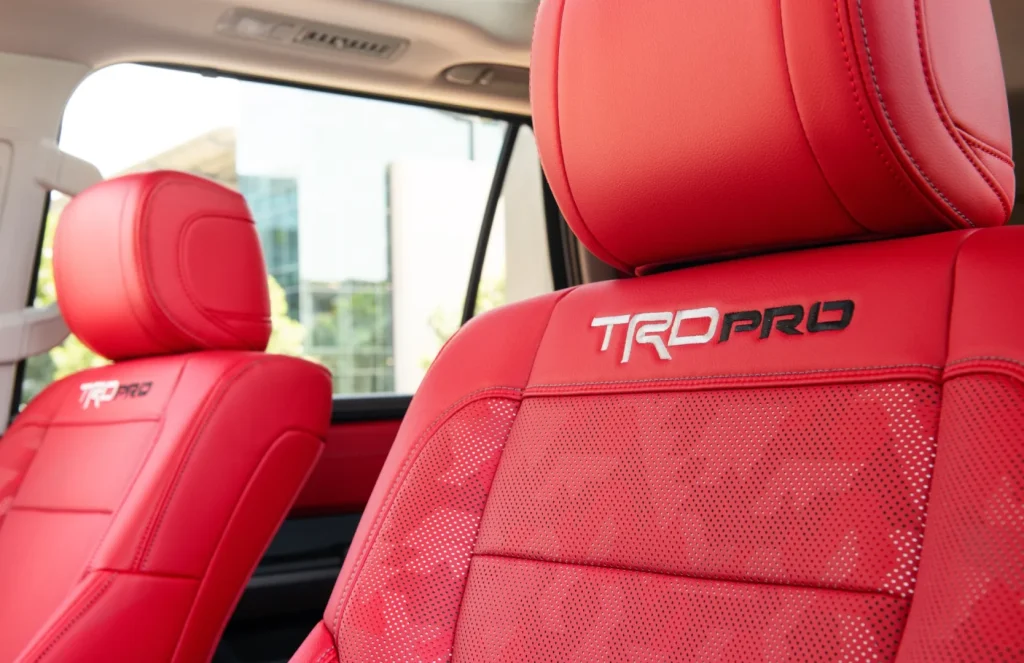
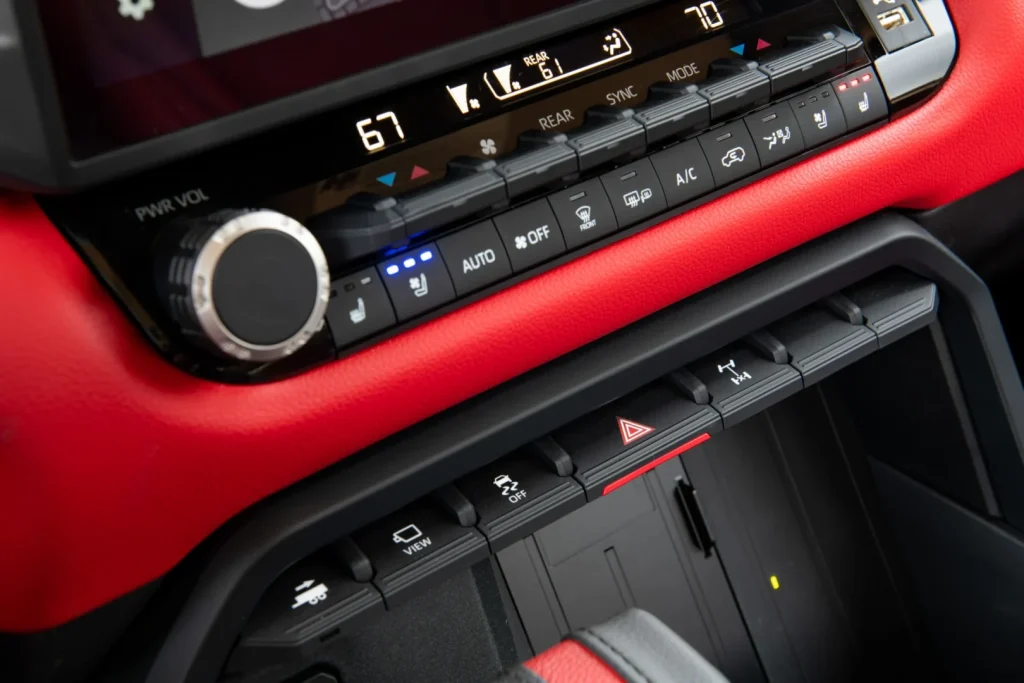
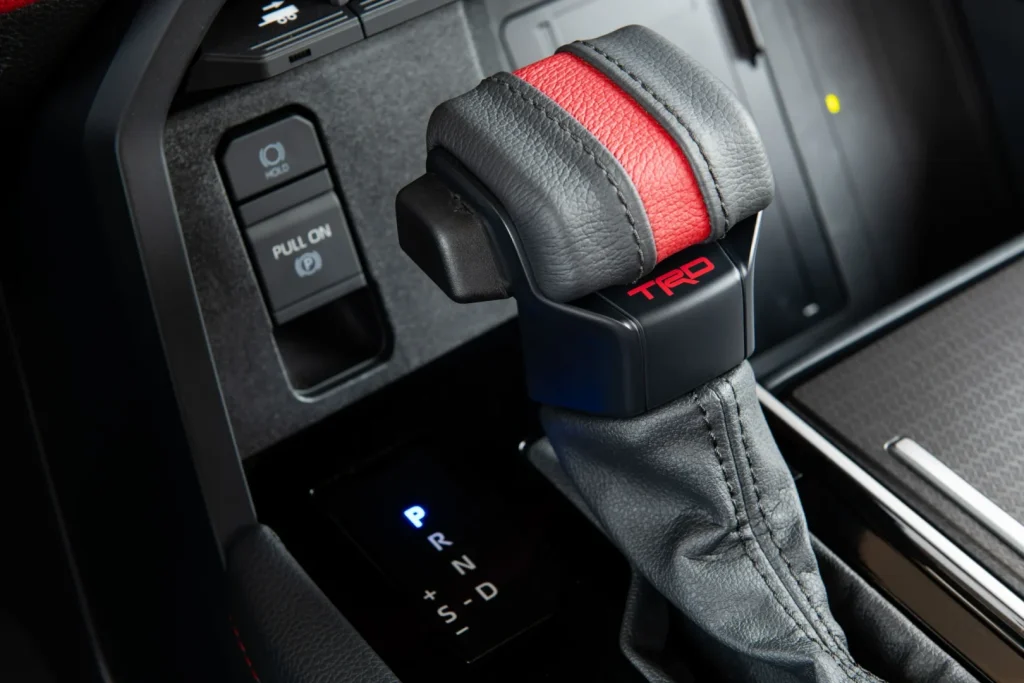
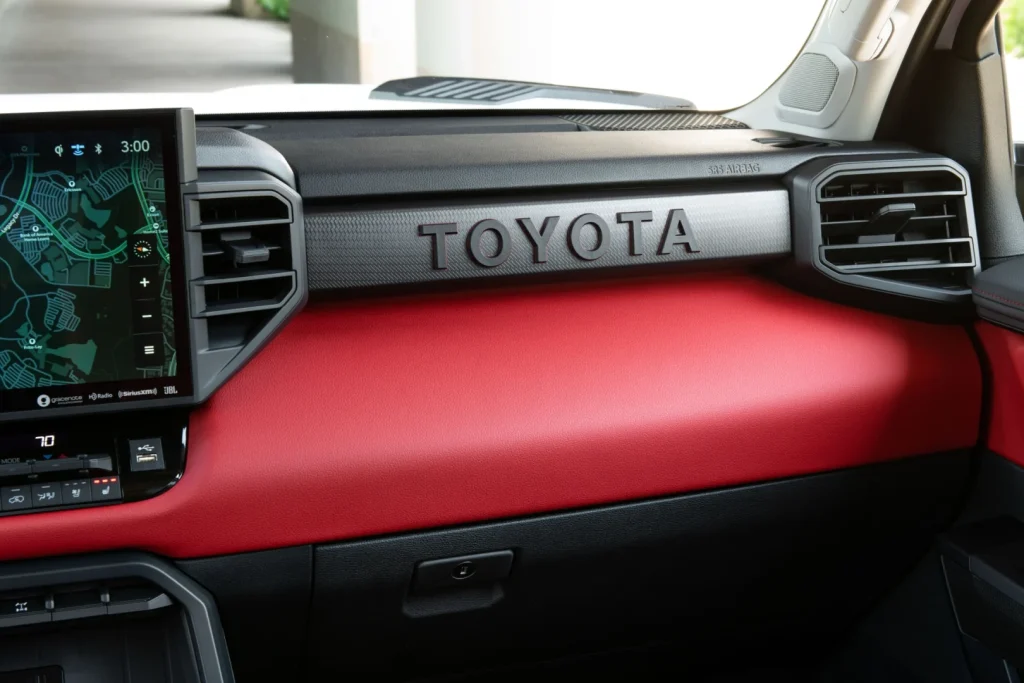
Author: Fabio Isidoro
Founder and editor-in-chief of Canal Carro, he dedicates himself to exploring the automotive universe with depth and passion. A car and technology enthusiast, he produces technical content and in-depth analyses of national and international vehicles, combining quality information with a critical eye for the public.

